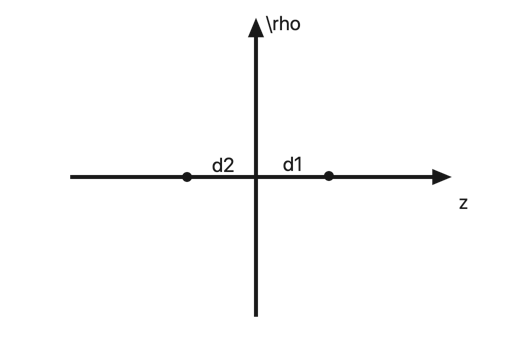To calculate the electric field for the system where a point charge is placed at a distance d from a semi-infinite dielectric medium (eg. http://farside.ph.utexas.edu/teaching/jk1/lectures/node42.html), we use the method of images: one image charge q1 in the dielectric medium with distance a to the interface for calculating the field in vacuum; one image charge q2 in vacuum with distance b to the interface for calculating the field in the medium.
However, how do we determine the locations (a and b) of the image charges?
The sources I've seen (including the one above) just simply state that the a=b=d without proof. (This one gives a proof but I think its calculation details are incorrect: https://physics.princeton.edu/~mcdonald/examples/image.pdf)
I've tried to use the boundary conditions to determine the locations but we have 4 unknowns (q1, q2, a, b) and only 3 equations from the boundary conditions:
(1) the potential is continuous at the interface
(2) the tangential components of the electric fields are the same at the interface
(3) the normal components of the displacement fields (D=epsilon*E) are the same at the interface.
Therefore, I only found the relationship between a, b, and d instead of exact values, and can express q1 and q2 in terms of a, b, q and d.
So I guess there must be some reasons that I'm not aware of for choosing a=b=d?

